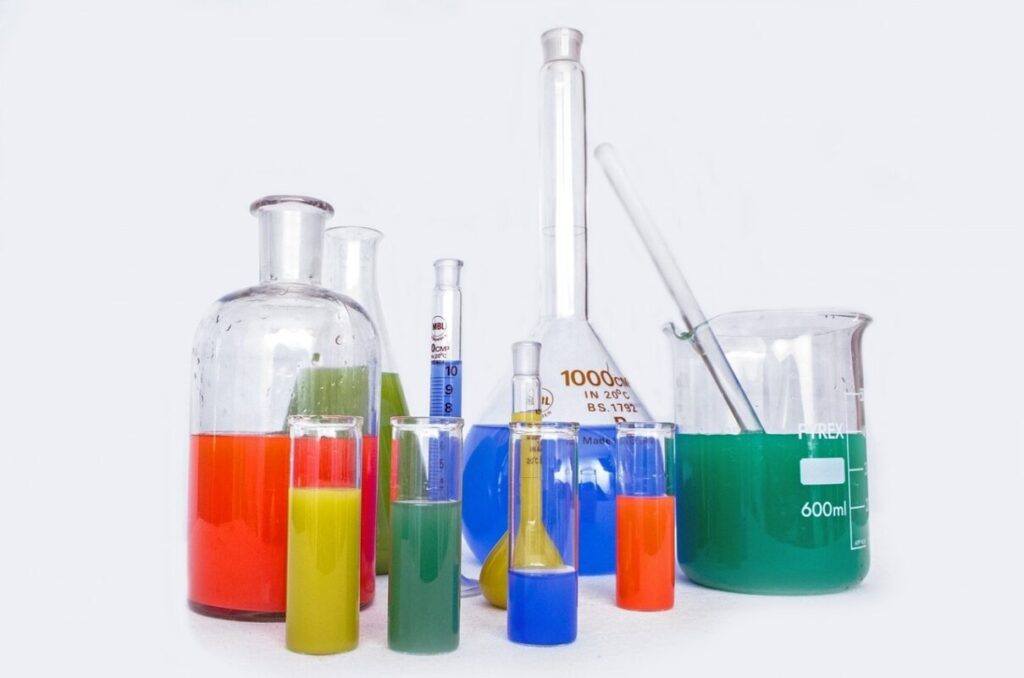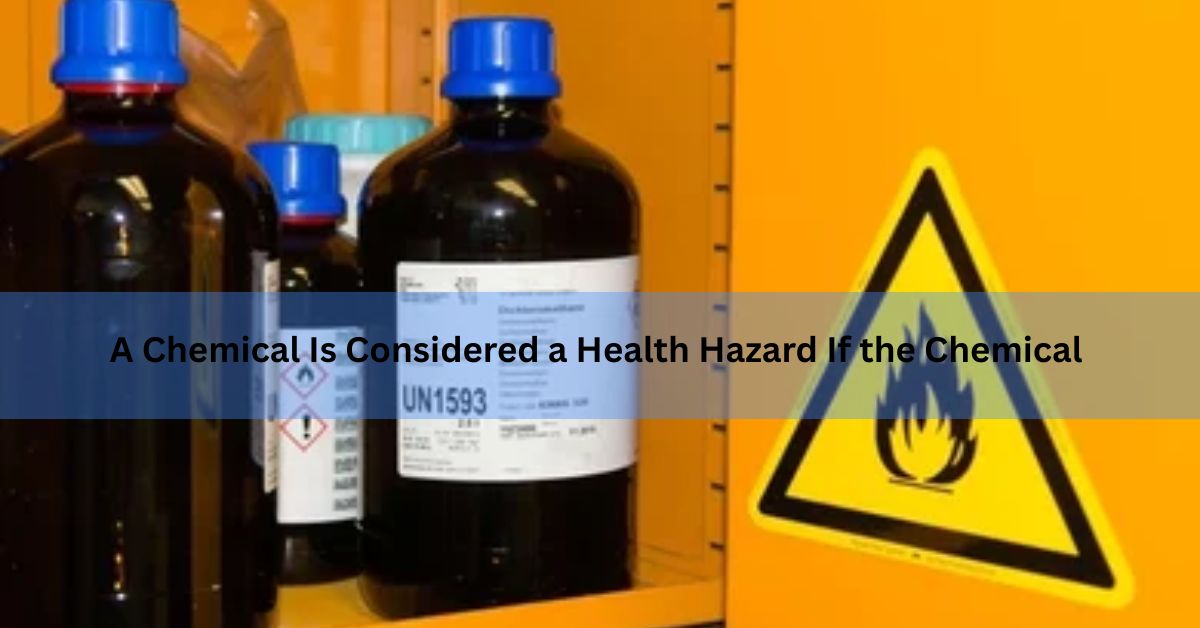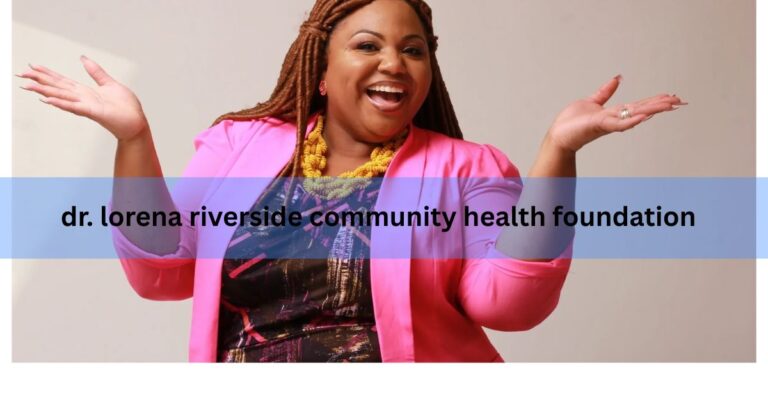A Chemical Is Considered a Health Hazard If the Chemical – Toxicity and Risk in the Modern World!
In today’s industrial, commercial, and domestic environments, chemicals are present everywhere — in our cleaning products, workplaces, food supply chains, and even the air we breathe. While many chemicals serve critical roles in manufacturing, healthcare, and agriculture, some pose significant health risks. This comprehensive guide explores when and why a chemical is considered a health hazard, what classifications exist, and how people in the USA can protect themselves through proper understanding and regulation.
What Does “Health Hazard” Mean?
A health hazard refers to a chemical that poses acute or chronic effects on human health. These chemicals can cause a range of health issues from mild irritation to severe illnesses such as cancer, reproductive problems, and organ toxicity. The determination of a health hazard is usually based on scientific evidence of its potential biological impact.
Key Criteria: When Is a Chemical Considered a Health Hazard?

A chemical is considered a health hazard if it:
- Causes acute toxicity through ingestion, inhalation, or skin contact.
- Leads to chronic health issues such as cancer, liver or kidney damage.
- Is a known carcinogen, mutagen, or reproductive toxin.
- Causes respiratory sensitization, making it difficult to breathe.
- Results in skin corrosion or irritation.
- Leads to serious eye damage or irritation.
- Causes organ-specific damage over time or from a single exposure.
These hazards are defined and classified under global standards like OSHA’s Hazard Communication Standard (HCS) and the Globally Harmonized System (GHS) of Classification and Labeling of Chemicals.
Regulatory Bodies That Define and Classify Chemical Hazards:
Occupational Safety and Health Administration (OSHA)
OSHA plays a central role in regulating workplace exposure to hazardous chemicals in the United States. Through its Hazard Communication Standard (HCS), OSHA requires employers to inform and protect workers from health hazards.
Environmental Protection Agency (EPA)
The EPA monitors environmental exposure to hazardous substances through regulations such as the Toxic Substances Control Act (TSCA).
Food and Drug Administration (FDA)
FDA ensures chemicals in consumer products like food additives and cosmetics are safe for use.
National Institute for Occupational Safety and Health (NIOSH)
NIOSH provides recommendations and conducts research on workplace hazards.
Common Types of Health Hazard Chemicals:
1. Carcinogens
These chemicals have the potential to cause cancer. Examples include:
- Asbestos
- Benzene
- Formaldehyde
2. Reproductive Toxins
These affect fertility or fetal development. Examples:
- Lead
- Phthalates
- Mercury compounds
3. Respiratory Sensitizers
These cause breathing difficulties or trigger asthma. Examples:
- Isocyanates
- Formaldehyde
4. Neurotoxins
Chemicals that impair the nervous system. Examples:
- Manganese
- Toluene
- Mercury
5. Skin and Eye Irritants
These cause rashes, burns, or serious eye injuries:
- Sodium hydroxide
- Sulfuric acid
- Ammonia
Routes of Exposure:
Understanding how people come into contact with health hazard chemicals is critical.
Inhalation
Breathing in chemical vapors, dusts, or fumes is a common route.
Dermal Contact
Skin contact can cause irritation or allow chemicals to enter the bloodstream.
Ingestion
Often accidental, especially in homes with poor labeling.
Injection
Accidental needle sticks or misuse in industrial settings.
Also Read: Is Gin Good for Health – A Comprehensive Look at the Evidence!
Real-World Examples and Case Studies:
Case Study 1: Formaldehyde in Furniture
Formaldehyde, used in pressed wood products, was found to off-gas into homes and cause respiratory irritation, especially in poorly ventilated areas.
Case Study 2: Lead in Water Supply
The Flint, Michigan water crisis highlighted how high levels of lead in drinking water caused developmental problems in children.
How to Identify Health Hazard Chemicals?
- Safety Data Sheets (SDS) provide detailed health risk information.
- Labels and Pictograms under GHS help identify hazards.
- Product literature and warning labels should be read carefully.
Workplace Safety Measures:
Engineering Controls
- Fume hoods
- Local exhaust ventilation
Administrative Controls
- Job rotation to limit exposure
- Training and education programs
Personal Protective Equipment (PPE)
- Respirators
- Gloves
- Goggles
Are natural chemicals also hazardous?

Yes, natural chemicals can also be hazardous.
Just because a chemical is “natural” does not automatically make it safe. Many natural substances can be toxic, irritating, or even deadly, depending on the dose, exposure method, and the individual’s sensitivity.
Long-Term Health Effects:
Even short-term exposure to health hazard chemicals can have cumulative long-term effects, including:
- Hormonal imbalance
- Immune system suppression
- Neurological disorders
- Increased cancer risk
Children and Chemical Exposure:
Children are especially vulnerable due to their developing systems and behaviors like hand-to-mouth activity. Extra caution is needed when using:
- Pesticides
- Paints and varnishes
- Cleaning agents
FAQ’s:
1. What makes a chemical a health hazard?
A chemical is a health hazard if it can cause harmful health effects, either immediately (acute) or over time (chronic), such as cancer, respiratory issues, or organ damage.
2. What are examples of common hazardous chemicals at home?
Bleach, ammonia, paint thinner, oven cleaners, and drain uncloggers are common examples.
3. How can I protect myself from chemical hazards?
Use PPE, ventilate workspaces, store chemicals properly, and read safety labels.
4. What should I do if I’m exposed to a toxic chemical?
Seek immediate medical attention and provide responders with the name and type of chemical if possible.
5. Can chemical exposure cause cancer?
Yes. Carcinogens like benzene and asbestos are linked to cancer after prolonged exposure.
6. What does OSHA require from employers regarding chemical hazards?
Employers must provide SDSs, proper labeling, training, and protective measures for workers.
7. Are children more affected by chemical hazards than adults?
Yes. Children have developing immune systems and higher relative exposure levels.
8. Where can I learn more about chemical safety?
Visit resources like OSHA.gov, EPA.gov, and NIOSH for up-to-date information and guidelines.
Final Thoughts:
Understanding when a chemical is considered a health hazard is essential for personal safety, workplace compliance, and public health. By knowing how to read labels, recognize symptoms, and use protective equipment, individuals and organizations can minimize risk.
Always consult SDSs, follow OSHA and EPA guidelines, and never underestimate the cumulative effect of low-level chemical exposure. An informed public is the first line of defense against chemical-related health hazards.
Read More:






